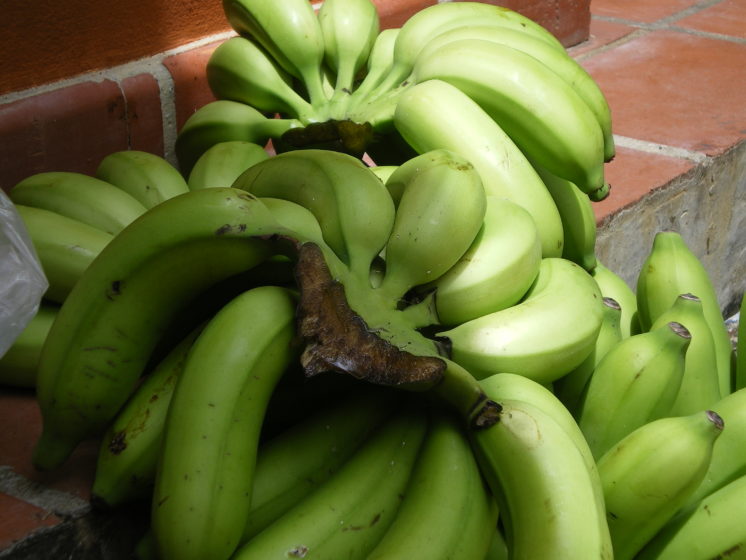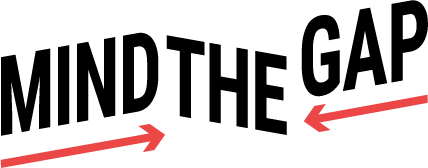Dole Foods applied a litigation strategy in US courts to discredit Nicaraguan plantation workers, showing how corporations can use judicial processes to avoid providing remedy for their human rights abuses.
 Photo: Meg Stewart/Flickr
Photo: Meg Stewart/FlickrIn 2004, a group of Nicaraguan banana plantation workers filed a lawsuit against Dole and Dow Chemical Companies for harm suffered as a result of becoming sterile due to their exposure to a US-banned pesticide (DBCP), which they were told to use by the companies on Nicaraguan plantations in the 1970s.[1]
In November 2007, a Los Angeles Superior Court jury, presided over by Judge Victoria Chaney, found Dole and Dow responsible for exposing six of the plaintiffs to the banned substance, and causing them harm.[2] The jury awarded them several millions of US dollars in damages and also determined that Dole had acted with “malice, fraud, and oppression”.[3] The litigation success opened up the opportunity for thousands of other Nicaraguan plantation workers to sue Dole and Dow Chemical in the US.
On appeal in 2009, Judge Chaney dismissed the jury’s verdicts and accepted instead a new version of events submitted by lawyers for Dole foods. They argued that a vast conspiracy had been orchestrated by the victims, their lawyers, Nicaraguan judges and others to defraud Dole and US courts.[4]
The litigation counter-attack by Dole and its lawyers (a strategy nicknamed by them as the ‘kill step’) targeted the plaintiffs and their lawyers and alleged large-scale fraud. It cited a large amount of anonymous and confidential evidence supposedly obtained by the company in Nicaragua. However, the sources were kept completely anonymous and confidential from both the plaintiff lawyers and the public.[5] This represented a distortion of normal judicial due process, as it did not allow the plaintiffs and their lawyers to respond effectively to the accusations and allegations of fraud made against them.
Counter-evidence disproving the anonymous accusations – namely passport stamps countering allegations the plaintiffs’ lawyers had attended a supposed conspiratorial meeting in Nicaragua; and a testimony revealing two key secret witnesses enjoyed long-term stays in a luxury Costa Rican hotel, paid for by Dole – was dismissed uncritically.[6] The overruling of the jury decision and Dole’s new version of events passed through the judicial process largely uncontested, mainly as a result of Judge Chaney’s compromising of the adversarial judicial process by agreeing to keep all sources of information anonymous and confidential.[7]
On 15 May 2010, the Associated Press reported on a news conference in Nicaragua, where seven workers accused Dole of bribing them for the purpose of casting doubt on the DBCP claims.[8] The views of the State Bar of California also raised additional doubts about both Dole’s version of events and the reliability of Judge Chaney’s process[9] of uncritically accepting the new version of events and keeping the evidence upon which it was based free from scrutiny.
Despite all the discrepancies with the case, an appeal to the Californian Supreme Court was rejected in 2014. The Supreme Court’s refusal came with no published comments or reasoning, thereby leaving the case’s contradictions unresolved, whilst keeping the secret testimony insulated from review or cross examination.[10]
The application of the so-called ‘kill step’ litigation strategy developed by Dole and its lawyers, Gibson, Dutch & Crutcher, is an example of strategic use of regular judicial process. It stands in stark contrast to previous cases of US litigation where Latin American banana workers were able to obtain remedy.[11] The strategy was clearly intentional, and can be considered ‘harmful’ as well when you are convinced by the testimonies and medical evidence that Nicaraguan plantation workers did indeed suffer health impacts as a result of pesticide exposure.
[1] Armin Rosencranz and Stephen Roblin, “Tellez v. Dole: Nicaraguan Banana Workers Confront the U.S. Judicial System,” Golden Gate University Environmental Law Journal 7, no. 2 (July 2014): 113-142, https://digitalcommons.law.ggu.edu/cgi/viewcontent.cgi?article=1115&context=gguelj (accessed November 6, 2019).
[2] Rosencranz and Roblin; John Spano, “Dole must pay farmworkers $3.2 million,” Los Angeles Times, November 6, 2007, https://www.latimes.com/archives/la-xpm-2007-nov-06-me-dole6-story.html (accessed November 6, 2019).
[3] John Spano, “Executive says ‘new Dole’ should not pay for misdeeds of ‘old Dole’,” Los Angeles Times, November 15, 2007, https://www.latimes.com/archives/la-xpm-2007-nov-15-me-dole15-story.html (accessed November 6, 2019).
[4] Rosencranz and Roblin, 2014.
[5] Susanna Bohme, “People v. Dole,” Boston Review, July 14, 2014, http://bostonreview.net/world/susanna-bohme-dole-banana-workers-pesticide-nicaragua (accessed January 9, 2020).
[6] Bohme, 2014.
[7] Rosencranz and Roblin, 2014.
[8] Steve Gorman, “LA judge dumps $2.4 million judgment against Dole,” Reuters, July 16, 2010, https://www.reuters.com/article/dole-bananas-idUSN1522904520100716 (accessed November 7, 2019).
[9] Rosencranz and Roblin, 2014.
[10] Bohme.
[11] David Gonzalez and Samuel Loewenberg, “Banana Workers Get Day in Court,” The New York Times, January 18, 2003, https://www.nytimes.com/2003/01/18/business/international-business-banana-workers-get-day-in-court.html (accessed January 9, 2020).
